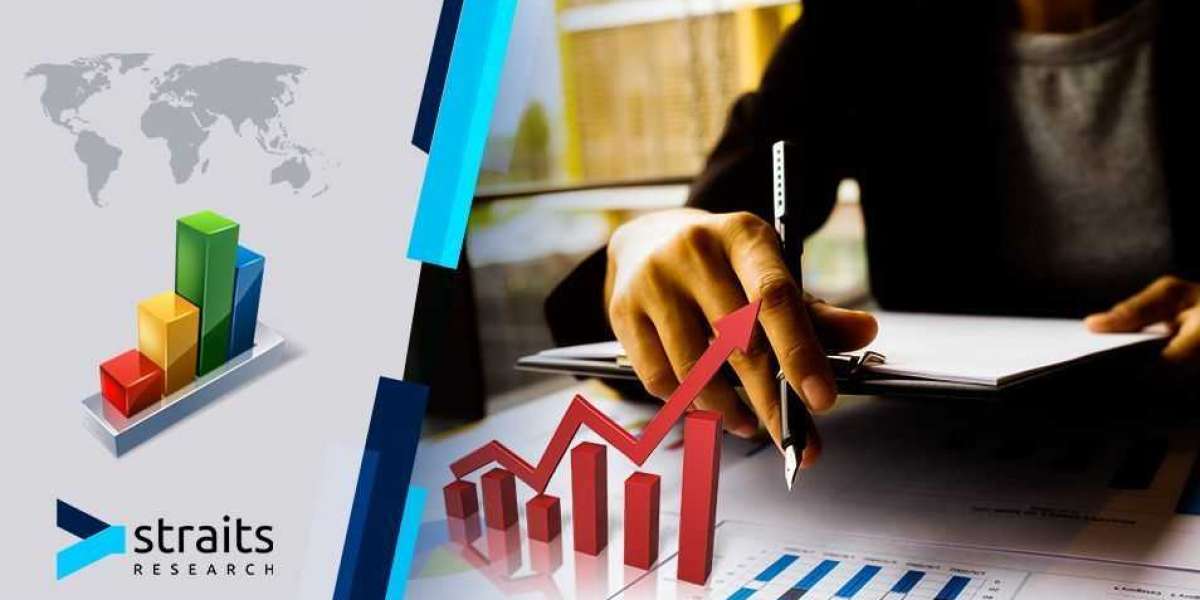Solar charge controllers play a crucial role in managing the energy produced by solar panels. They regulate the voltage and current coming from the solar panels to the batteries, ensuring optimal charging and preventing overcharging. However, like any electronic device, they can encounter issues. This article provides essential troubleshooting tips for solar charge controllers: the ultimate guide to help you identify and resolve common problems.

Identifying Common Issues
Before diving into troubleshooting, it is important to recognize the signs of malfunction. Some common issues include:
- Inconsistent battery charging
- Overheating of the controller
- Inaccurate display readings
- Failure to recognize solar input
Understanding these symptoms is the first step in effective troubleshooting. If you notice any of these issues, it may be time to investigate further.
Essential Troubleshooting Tips for Solar Charge Controllers
When faced with problems, consider the following essential troubleshooting tips for solar charge controllers: the ultimate guide:
- Check Connections: Ensure all wiring is secure and free from corrosion. Loose or damaged connections can lead to performance issues.
- Inspect the Solar Panels: Verify that the solar panels are clean and unobstructed. Dirt or shading can significantly reduce output.
- Monitor Battery Health: A failing battery can affect the entire system. Test the battery voltage and replace it if necessary.
- Review Controller Settings: Ensure that the settings on the charge controller match the specifications of your battery type.
"Regular maintenance and monitoring can extend the life of your solar charge controller and improve system performance."
Advanced Troubleshooting Techniques
If basic troubleshooting does not resolve the issue, consider these advanced techniques:
- Perform a factory reset on the controller to restore default settings.
- Use a multimeter to check voltage levels at various points in the system.
- Consult the user manual for specific error codes or troubleshooting steps.
For example, the Renogy 40A MPPT Solar Charge Controller features a user-friendly interface that can help diagnose issues through its display.
Conclusion
In conclusion, understanding the common issues and applying essential troubleshooting tips for solar charge controllers: the ultimate guide can significantly enhance the performance and longevity of your solar energy system. Regular checks and maintenance are key to preventing problems before they arise.
For more visual guidance, check out this informative video on troubleshooting solar charge controllers: Watch Now.

By following these guidelines, you can ensure that your solar charge controller operates efficiently, allowing you to harness the full potential of solar energy.








